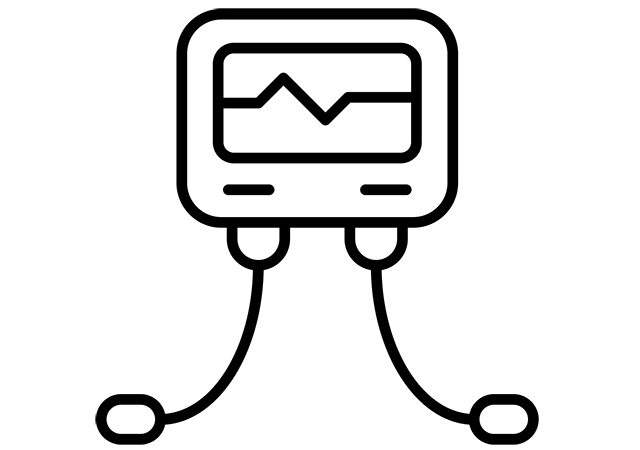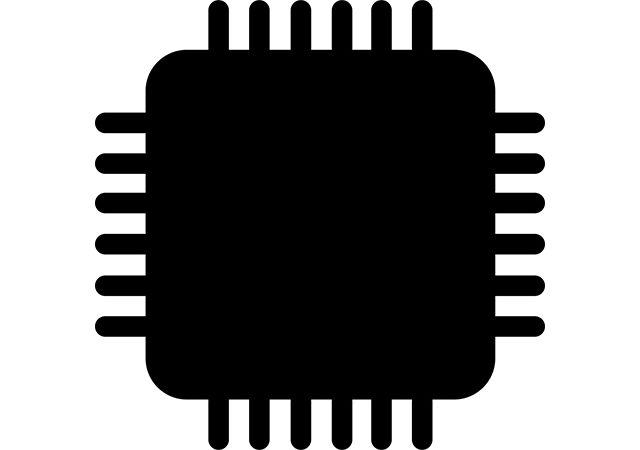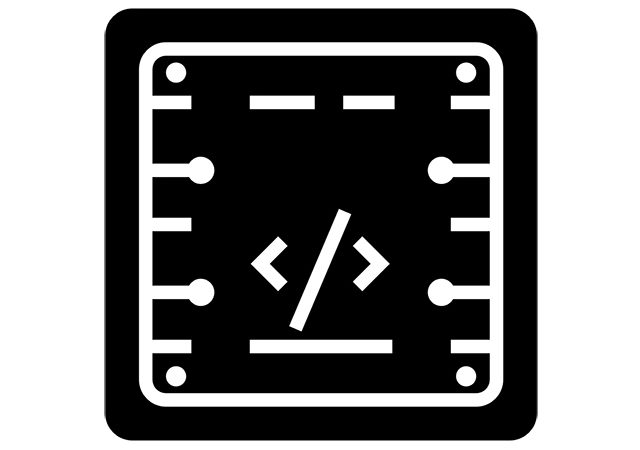This post covers types of electrical measurement systems. Every engineering task requires the measurement of some physical quantity and converting it to an electrical…
Category: Learning
Introduction into embedded systems
This post answers the question "What is embedded system and how it works". An embedded system is a computer system without a user interface.…
Information processing in embedded systems
This post cover topic of information processing in embedded systems. The basic computer consists of four blocks: processor, memory, input and output. Let's consider…
Embedded processors and architecture models
This post is about embedded processor architecture models and characteristics, operations, operands, programmable storage, and interrupts. Embedded processors can be combined in a groups,…
Embedded CPU and memory
An embedded processor consists of CPU, memory, I/O, and busses. There are two models that describe CPU operation – von Neumann and Harvard architecture…
Processor I/O introduction
This post is about processor input and output. Processor input and output units are responsible for moving in and out information to and from…
What is memory management
This post answers the question "What is memory management?". Memory manager is an integrated circuit that helps to resolve issues related to the way…
Write-through and write-back data cache policy
This post answers shows the difference between write-through vs write-back data cache policy. Data cache operates in two modes: write-through; write-back. In case of…
How memory spaces are constructed
This post is about how memory spaces are constructed. Embedded processors are characterised with hierarchical memory architectures, combining different sizes and performance memory. Memory…
L1 Instruction and data memory and why cache memory is important
This post tells about L1 instruction memory and data cache memory. The instructions in the processor may range in size in order to achieve…










